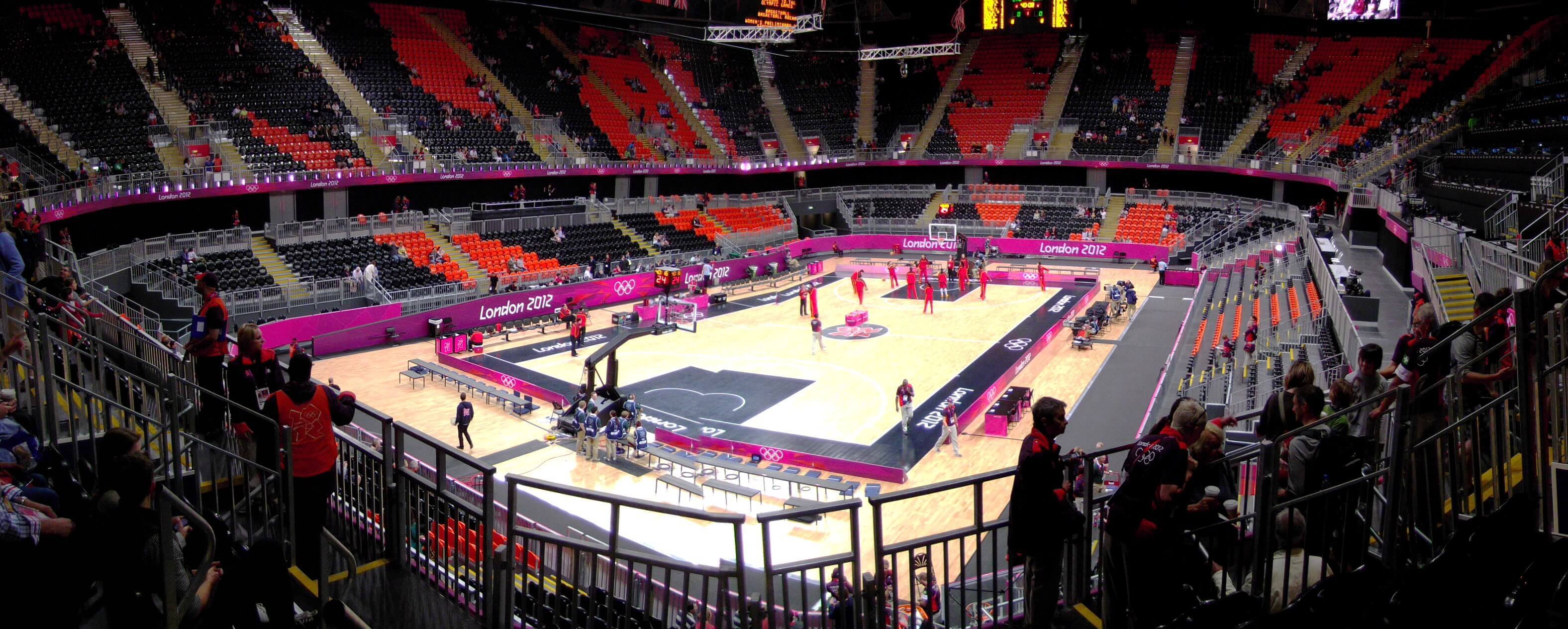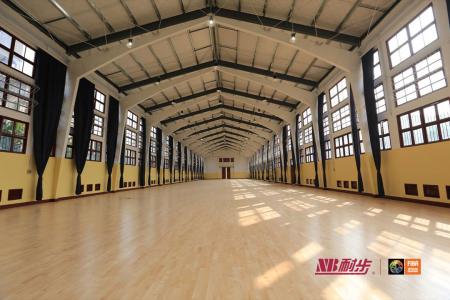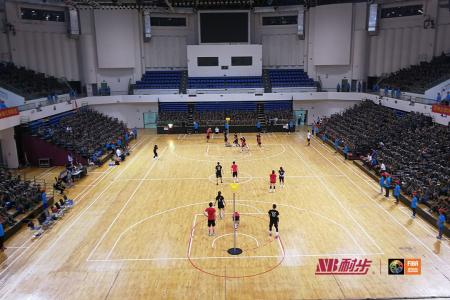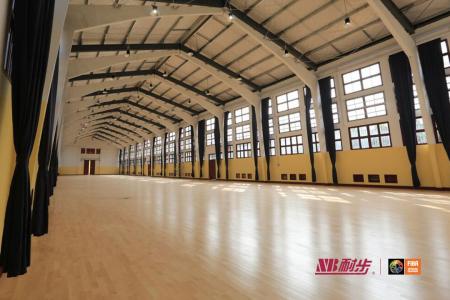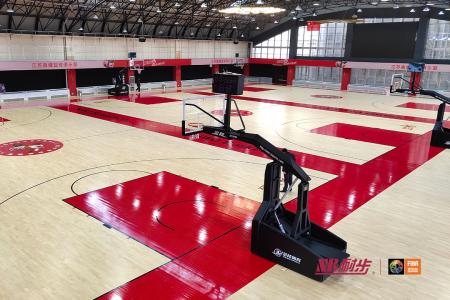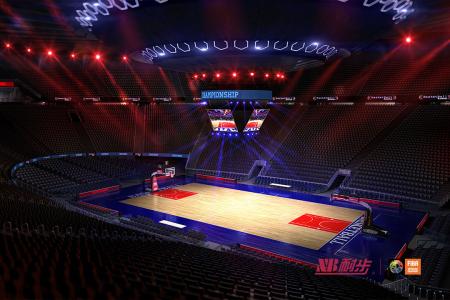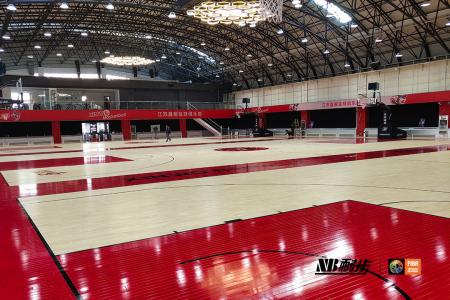How to build high-quality sports wood flooring: a detailed guide to construction techniques

In the construction of modern sports venues, sports wood flooring is favored for its superior performance and beautiful appearance. However, to ensure the excellent performance and long-term durability of sports wood flooring in actual use, correct construction technology is crucial. This article will introduce in detail the entire process of sports wood flooring construction, including preliminary preparation, material selection, construction steps and post-maintenance, to help you fully grasp the technical points of sports wood flooring construction.
Preliminary preparation
Site measurement and design
Before formal construction, detailed measurements of the site must be carried out to ensure the accuracy and beauty of the floor laying. Measurements include the length, width, flatness of the site and the location of surrounding walls and fixtures. Based on the measurement results, a detailed laying design drawing will be developed, including the splicing method of the floor, the laying direction and the location of expansion joints.
Basic ground treatment
The foundation of sports wood flooring construction is the flatness and dryness of the ground. The ground must be flat, solid, and free of cracks and sand. Generally speaking, the flatness error of the ground should be controlled within 2mm. The dryness of the ground is also very important. Professional instruments need to be used to measure the moisture content of the ground before construction. It is usually required not to exceed 8%. If the ground humidity is too high, it can be dealt with by laying moisture-proof membrane.
Material Selection
Wood Selection
The main material of sports wood flooring is wood, and hardwoods such as maple, oak and oak are usually selected. These woods not only have high hardness and good wear resistance, but also have moderate elasticity, which can provide good motion cushioning effect. When selecting materials, pay attention to the specifications, moisture content and quality grade of the wood to ensure that the wood has no obvious knots, cracks, insect infestations and other problems.
Selection of auxiliary materials
The construction of sports wood flooring also requires the use of various auxiliary materials, including moisture-proof membranes, keels, elastic mats and floor paints. The moisture-proof membrane is used to isolate ground moisture. The keel is an important structure that supports the floor. The elastic pad can improve the elasticity and shock-absorbing performance of the floor. The floor paint is used to enhance the wear resistance and aesthetics of the floor. When purchasing auxiliary materials, you must choose high-quality products that meet national standards to ensure the overall quality of the floor.
Construction steps
Laying moisture-proof membrane
After the basic ground treatment is completed, first lay the moisture-proof membrane. The moisture-proof membrane should cover the entire floor, with the edges turned up to 30-50mm above the height of the wall, and the joints should be sealed with tape to prevent ground moisture from penetrating into the wooden floor.
Install the keel
The keel is an important support structure for sports wood flooring, usually made of solid wood or plywood. During installation, the keels should be arranged according to the requirements of the design drawings, and the spacing is generally 300-400m.m. The keel must be installed firmly and the horizontal error should be controlled within 2mm. In order to enhance stability, elastic pads can be laid between the keels to improve the elasticity and shock-absorbing properties of the floor.
Laying wooden floor
The laying of wooden floor is a key link in construction. First of all, the floor is trial-layed according to the splicing method of the design drawings to ensure that the overall effect is satisfactory before it is officially laid. When laying, certain expansion joints should be left between each floor to accommodate the thermal expansion and contraction of the wood. Use professional floor nails or glue to fix the floor to the joists to ensure the floor is flat and firm.
Surface treatment
After the floor is laid, surface treatment is required. First, use a grinder to polish the floor surface to remove surface burrs and impurities to make the floor surface smooth and flat. Then, apply floor paint to enhance the wear resistance and aesthetics of the floor. Floor paint should be applied multiple times, and should be fully dried and sanded after each application until the surface reaches the desired effect.
Post-maintenance
Daily cleaning
Daily cleaning of sports wood floors is very important. Use a dry mop or vacuum cleaner when cleaning, and avoid using overly wet mops or cleaners containing corrosive chemicals, which can damage the floor surface. Regularly check the joints and expansion joints of the floor, and repair any problems promptly to prevent the floor from lifting or loosening.
Regular maintenance
In order to extend the service life of sports wood flooring, it should be maintained regularly. Every 1-2 years, the floor can be waxed and maintained to enhance the gloss and wear resistance of the floor. If the surface of the floor is severely worn, it can be re-sanded and painted to make the floor look like new.
Professional maintenance
For sports wooden floors in large sports venues, it is recommended to ask professional maintenance personnel to conduct a comprehensive inspection and maintenance every year. Professional maintenance personnel can perform deep cleaning, repair and maintenance of the floor, detect and solve potential problems in a timely manner, and ensure that the floor is always in good condition.
Precautions
Temperature and humidity control
Sports wood flooring has certain requirements for environmental temperature and humidity. Generally, the indoor temperature should be maintained between 15-25 degrees Celsius, and the humidity should be controlled between 40%-60%. Too high or too low temperature and humidity will affect the use effect and life of the floor. Therefore, during construction and use, attention should be paid to the adjustment of indoor temperature and humidity to avoid deformation or cracking of the floor due to environmental changes.
Installation quality monitoring
During the construction process, construction specifications must be strictly followed to ensure the construction quality of each link. For key processes, such as keel installation, floor laying and surface treatment, it is recommended to conduct multiple inspections and acceptances to ensure that the construction quality meets design requirements and national standards.
Construction Safety
During the construction process of sports wood flooring, construction safety must be paid attention to. Construction workers should wear necessary protective equipment, such as gloves, masks and goggles, etc.Prevent injuries from construction operations. The construction site should be kept clean and tidy to avoid accumulation of debris that affects the construction progress and quality.
Conclusion
High-quality sports wood flooring can not only improve the overall grade of sports venues, but also provide athletes with a better sports experience. Through scientific construction technology and strict quality control, we can ensure the excellent performance and durability of sports wood flooring in long-term use. We hope that the construction technology technical guide provided in this article can provide you with a useful reference during the construction process of sports wood flooring and create a high-quality sports wood flooring.

